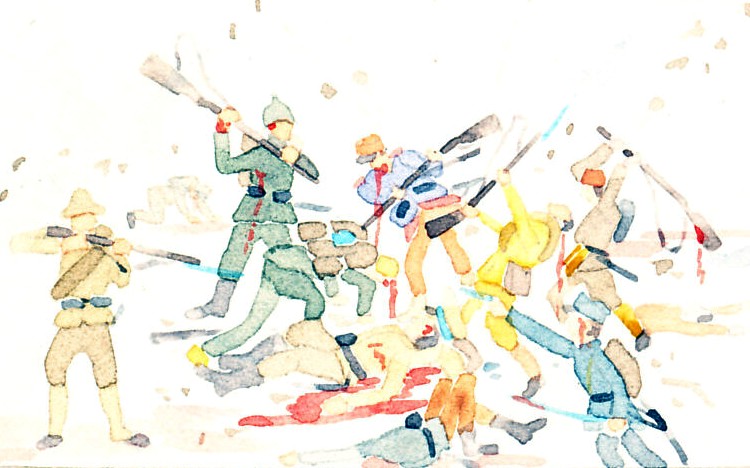Section of a 1906 map of German East Africa from Belgian Congo and Lake Tangayika to the west to the capital of Dar-es-Salaam on the Indian Ocean coast. The German colony faced the British colonies of British East Africa and Rhodesia to the north and southwest, Belgian Congo to the west, and Portuguese Mozambique to the south. From Andree's Allgemeiner Handatlas, published in Leipzig, Germany by Velhagen & Klasing.

Deutsch Ostafrica, Britische Besitzungen, Kongostaat, Portugiesische Besitzungen
German East Africa, British possessions, Congo Free State, Portuguese possessions
Other views:
Larger, Front, Larger
